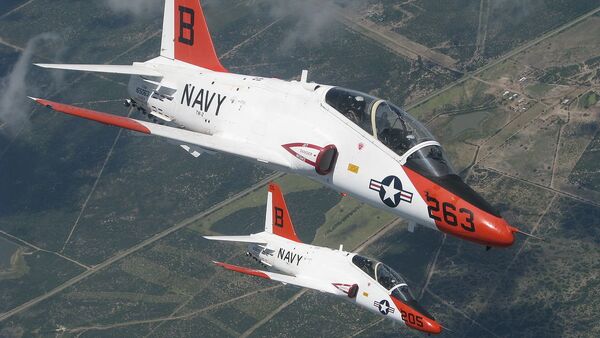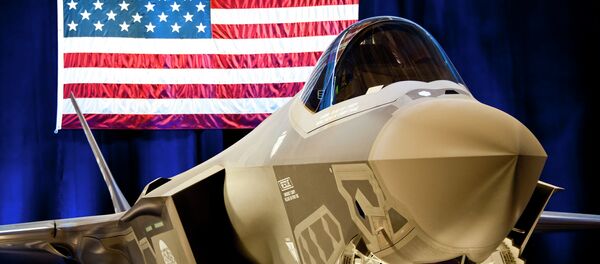Vice Admiral Paul Grosklags explained to the House Armed Services Committee that two tactics had been deployed to deal with the jets’ problem of oxygen shortages mid-flight. The Marines’ and Navy’s short-term plan is to equip T-45 Goshawks with “alerting and protective measures” to ensure pilots can continue their training programs on schedule, the commander said. Secondly, they will try to pin down the exact issue with the On-Board Oxygen Generation Systems (OBOGS).
In March, pilot instructors in the service said the planes weren’t suitable for flying because of the problems with the OBOGS. Suddenly losing oxygen is, after all, less than optimal for an inexperienced airman learning how to fly at multiple Gs. Nevertheless, the US Navy chose to put the jets back in the air in April after applying some quick fixes, Sputnik reported.
Finding and addressing the root of the problem has proven difficult, however. Insufficient oxygen supply aboard the planes “has plagued the service’s fleet of T-45s for years now,” Sputnik reported. A top Navy official said the service had taken an “unconstrained resources” approach to fixing the jets, but even that hasn’t worked.
Mechanics from Boeing and the OBOGS manufacturer have been hard at work on fixing the issue. They’ve also had the full power and expertise of NASA engineers and scientists to contribute to their efforts. To date, the armed forces don’t have anything to show for it.
What mystifies military personnel is that OBOGS has been used on their Harrier jets without issue. Lt. Gen. Jon Davis remarked in wonder, "It’s the same box in the Harrier. It’s the same OBOGS box and we don’t have a problem in Harriers. So what’s different? What is different in the T-45s?"
Even more confusing for military leaders is that negative physiological responses are on the rise in the Navy’s fleet of Boeing F/A-18 Super Hornets, as well as in their EA-18 Growlers, too.
“The system has worked for 20-plus years,” Davis noted. “Something happened.”
Meanwhile, on Friday, a 55-plane strong fleet of fifth-generation F-35 combat aircraft was grounded after five pilots endured oxygen deprivation incidents.




